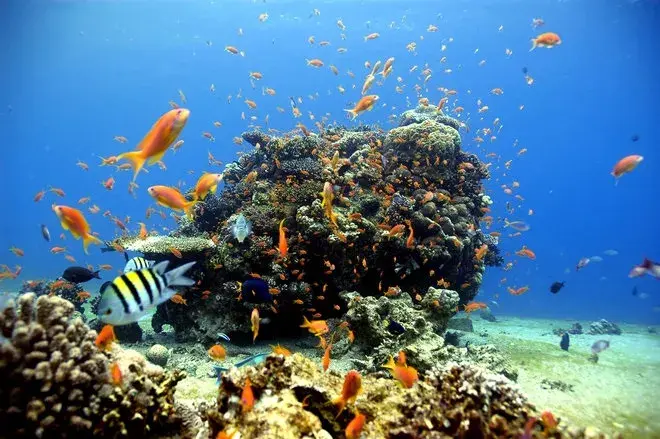The Price of Biodiversity
Published by

In his March contribution to Project Syndicate Bjorn Lomborg addresses the inclusion of biodiversity targets within the post-2015 development agenda.
Preserving biodiversity, it turns out, is not only desirable; according to three new studies by the economists Anil Markandya, Luke Brander, and Alistair McVittie, it also makes good financial sense, at least for some projects.
Protecting forests is a good place to start, with every dollar spent bringing benefits worth about $10. Some of the resources that forests provide – such as timber, firewood, and tourism – can be valuated relatively easily. But the value of others – such as the wide range of animal species they support and their intrinsic worth to people – is more difficult to quantify. In attempting to do so, economists have conducted surveys to find out how much people would be prepared to pay to protect forests and the animal species they support.
Forests also serve as an enormous “carbon sink," storing atmospheric carbon dioxide for many decades or centuries; thus, protecting forests would help to mitigate climate change. Moreover, forests absorb intense rainfall, thereby reducing the risk of flooding. The 2010 flooding in Pakistan, for example, would have been far less devastating if so many trees from upper slopes had not been felled."
Click here the read the entire article.

